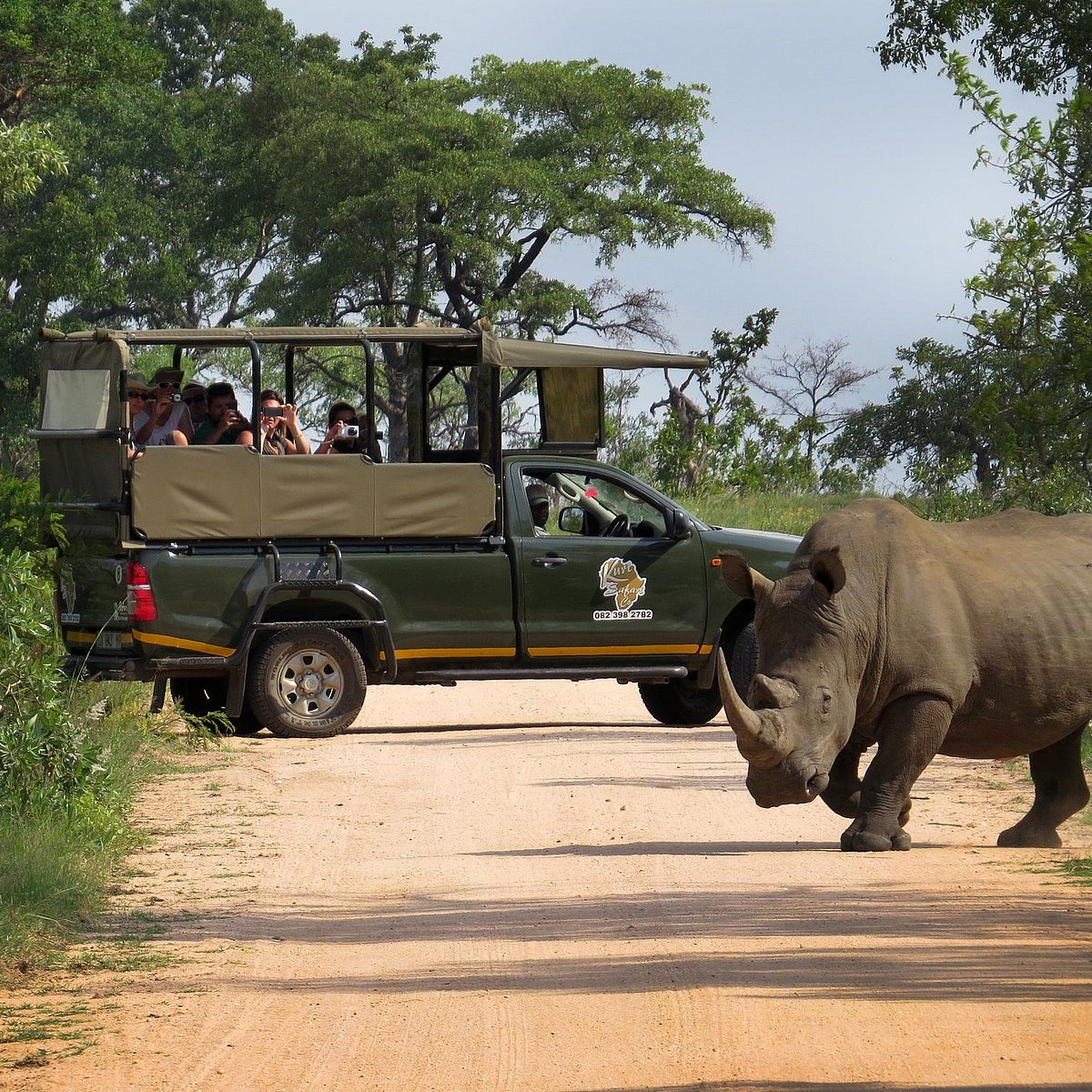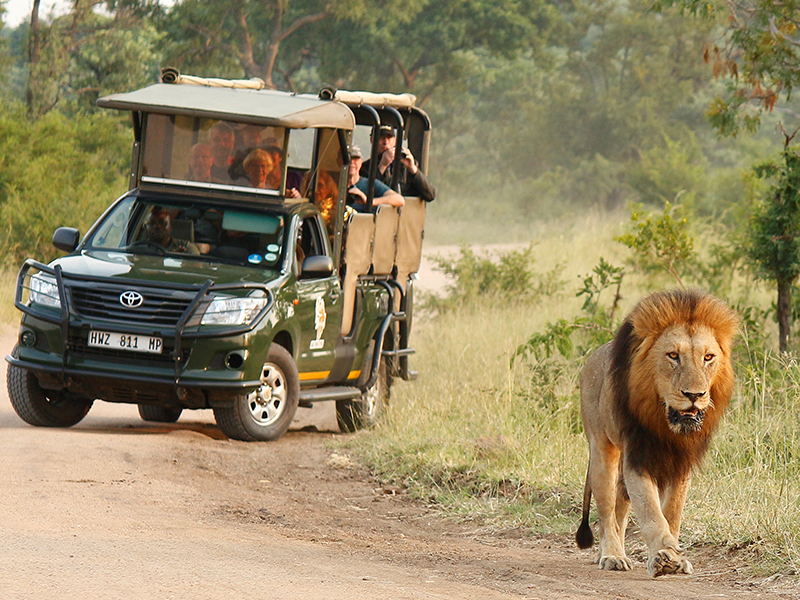Discover the Ultimate Wild Animals Encounters on Kruger Park Safaris
Discover the Ultimate Wild Animals Encounters on Kruger Park Safaris
Blog Article
Exploring the Majestic Wildlife and Scenic Landscapes of Kruger Park Safaris: A Memorable Experience Waits For
Kruger Park, a keystone of South Africa's all-natural heritage, supplies an intricate tapestry of wildlife and awesome landscapes, welcoming exploration and involvement with its diverse ecosystems. As site visitors venture into this extensive shelter, they run into not just the legendary Huge Five but also a riches of other species that enrich the park's biodiversity.
Introduction of Kruger Park
One of South Africa's largest and most prominent video game books, Kruger National Park covers about 19,485 square kilometers in the northeastern region of the country. Developed in 1898, it is a cornerstone of conservation efforts, showcasing varied ecosystems that consist of savannas, forests, and riverine forests. The park is home to an outstanding array of wild animals, with over 500 bird varieties and various mammals, reptiles, and plants, making it a biodiversity hotspot.
Kruger National forest is split right into numerous areas, each offering distinct landscapes and environments, thus boosting wild animals viewing chances. Visitors can explore the park via self-drive courses or guided safaris, permitting for an immersive experience in nature. The park's framework includes properly maintained roads, rest camps, and outing locations, making sure accessibility for all kinds of travelers.
Moreover, Kruger National Park plays a pivotal function in education and learning and study, adding to international preservation efforts. The park's commitment to sustainable tourism advertises accountable wildlife viewing, promoting a much deeper appreciation for South Africa's natural heritage. With its spectacular landscapes and abundant biodiversity, Kruger National Park continues to be a premier location for adventure seekers and nature lovers alike.
The Big 5 Experience
Kruger National forest is renowned for providing site visitors the opportunity to encounter the iconic Big 5, that includes the lion, leopard, elephant, buffalo, and rhinoceros. This one-of-a-kind possibility to observe these magnificent animals in their all-natural habitat draws wildlife fanatics and adventure hunters from around the globe.
The adventure of spotting the Huge Five is not just regarding the pets themselves but also the context of their environment. Each safari provides a new journey, as overviews share insights into the actions, environments, and preservation efforts bordering these varieties. The elusive leopard, commonly seen resting in the trees, showcases the appeal of dexterity and stealth, while the imposing elephant herd highlights the value of social frameworks within wildlife areas.

In addition, running into the awesome lion prides supplies a glimpse into the intricate characteristics of predator-prey connections. The Cape buffalo, recognized for their unforeseeable nature, adds an element of enjoyment to any safari. The seriously endangered rhinoceros offers as a touching reminder of ongoing preservation initiatives. This immersive experience fosters a deeper recognition for wild animals and highlights the value of preserving these extraordinary animals for future generations.
Picturesque Landscapes and Ecosystems
Regularly commemorated for its awesome charm, the landscapes of Kruger National forest offer a diverse tapestry of communities that improve the safari experience. Extending almost two million hectares, the park is home to a wide variety of habitats, including savannahs, rivers, check these guys out marshes, and woodlands. Each ecosystem is distinctively interwoven, producing a vibrant setting that sustains a selection of plants and fauna.
The savannahs, defined by large grasslands dotted with acacia and baobab trees, supply ideal grazing premises for herbivores like wildebeests and zebras. On the other hand, the dense forests and thickets provide sanctuary for predators and smaller species, fostering a rich biodiversity. The park's rivers and waterholes are lifelines for wildlife, drawing in a variety of animals, especially during the completely dry period.
This intricate interaction of ecological communities not just supports the park's iconic wild animals yet likewise offers site visitors with stunning views, from rolling levels to significant rocky outcrops. Whether going across open savannahs or discovering thick bushveld, the picturesque landscapes of Kruger National Park promise to leave an indelible mark on every safari fanatic's heart.
Finest Times to Go To
Understanding the best times to go to Kruger National forest can considerably boost his explanation the safari experience. Kruger park safaris. The park experiences two primary periods: the dry winter season months from May to September and the damp summer season from October to April. Each season provides special benefits for wild animals watching and landscape recognition
During the completely dry season, animals gather around water resources, making wildlife detecting much more foreseeable. The plants weakens, providing clearer visibility for sightings of the Large 5 and various other species. This period is particularly prominent among travelers due to the favorable conditions for game drives and guided strolls.
On the other hand, the wet period, defined by rich landscapes and dynamic flora, is optimal for birdwatching lovers. Kruger park safaris. Migratory birds are plentiful, and the park ends up being a place for numerous avian types. In addition, this period marks the birth of numerous young pets, providing a possibility to witness the remarkable dynamics of wildlife communications
Ultimately, the very best time to see depends upon personal choices, whether one looks for the simplicity of wild animals discoveries or the elegance of a blooming ecological community. No matter of the season, Kruger National forest promises an unforgettable experience for all who venture into its wild embrace.
Safari Tips and Standards

Think about the time of year when preparing your safari. The completely dry period, from May to September, typically supplies far better wildlife seeing opportunities. Wear neutral colors to blend right into the environment, and prevent bright or showy clothes that might startle pets.
Pack essentials such as field glasses, a cam, sunscreen, and insect repellent. Remaining hydrated is crucial-- lug sufficient water for your group. Additionally, bear in mind the park's wild animals; observe from a distance and never ever attempt to feed or provoke pets, as this can change their all-natural habits.
Engage with experienced guides, who provide invaluable understandings and improve your understanding of the community. Approach your safari with perseverance and an open heart, allowing for spontaneous minutes that will certainly produce extraordinary memories in this wonderful landscape.
Verdict
In final thought, Kruger Park supplies an unmatched opportunity to involve with diverse wild animals and awesome landscapes. The park's commitment to preservation and education improves the safari experience, enabling site visitors to value the complex balance of ecosystems. Observing the Large Five and discovering various terrains fosters a deeper understanding of South Africa's natural heritage. With mindful preparation and adherence to guidelines, an adventure in Kruger Park assures to be both improving and unforgettable for all who get started on this trip.
Kruger Park, a keystone of South Africa's all-natural heritage, supplies a complex tapestry of wild animals and impressive landscapes, welcoming exploration and interaction with its varied ecosystems.Kruger National Park is separated right into different regions, each offering distinct landscapes and habitats, therefore boosting wild animals seeing opportunities. The park's rivers and waterholes are lifelines for wild animals, drawing in a variety of animals, especially during the dry season.
In addition, be mindful of the park's wild animals; observe from a range and never effort to feed or prompt animals, as this can change their natural habits.

Report this page